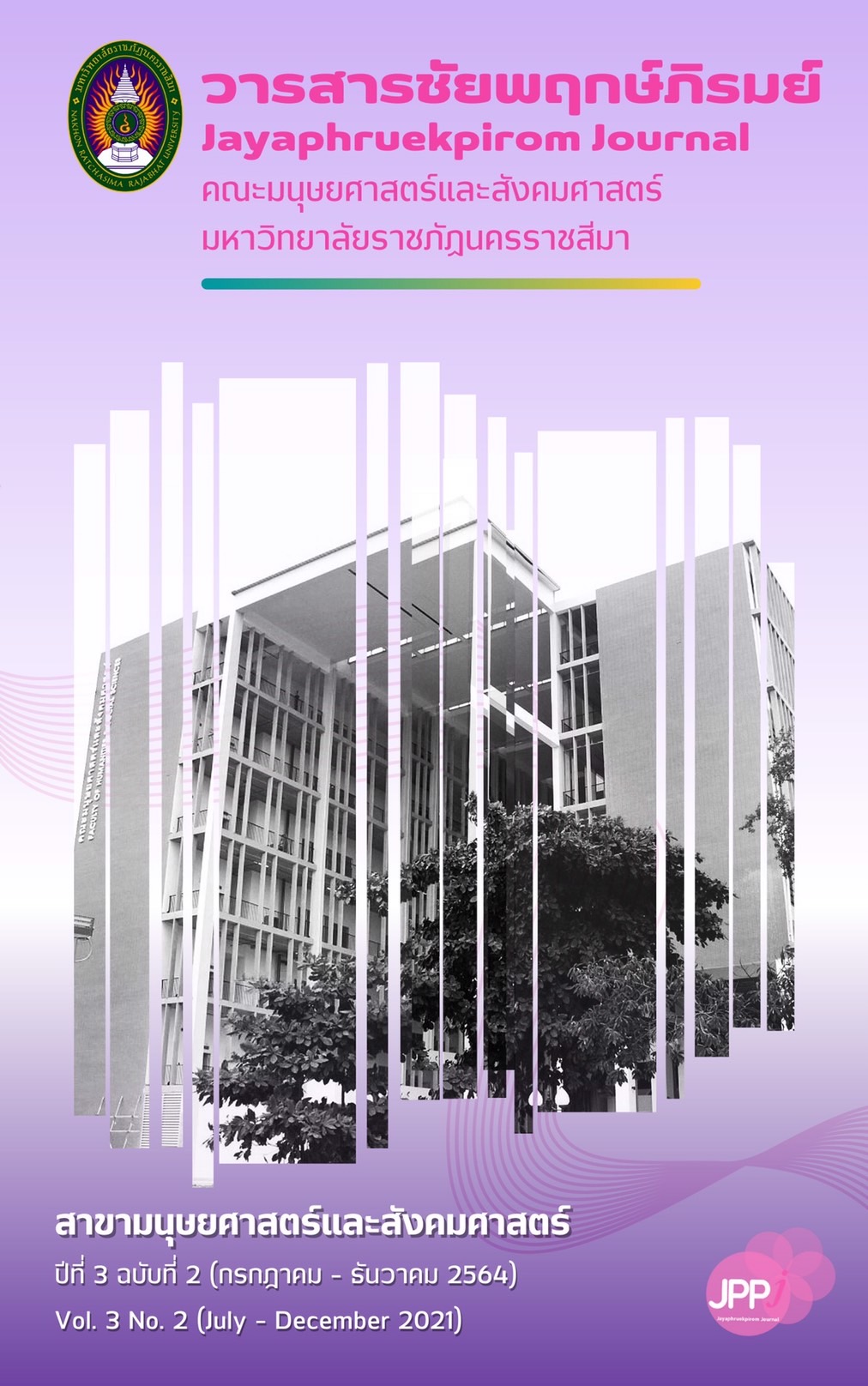BHUDDHISM AND HUMAN LIFE DOVELOPMENT
Keywords:
Buddhism, DevelopmentAbstract
The purposes of the article Buddhism and Human Life Development were to present: 1. the definition of Buddhism, 2. the definition of human life development, 3. the principles of human life development, and 4. the relevant factors for human life development through involved textbooks, and document analyses. It was found that: Buddhism is the subject, ways of practice, and teachings the Lord Buddha teaches the people to know what they should know, to practice what they should practice, and to be as happy as nothing cannot be compared. Buddhism is regarded as the true and reasonable religion, which focuses on teaching the people to help themselves by their own mindfulness and wisdom. There are 4 ways of Buddhist principles of human life development: 1. physical development, 2. moral development, 3. emotional development and 4. wisdom development. There are 7 relevant factors for human life development: 1. having good friends 2. morality readiness 3. aspiration readiness 4. Self readiness 5. right thought readiness 6. mindfulness readiness and 7. reasonable consideration readiness.References
ท่านพ่อลี ธมฺมธโร. (2560). มรรควิจารณ์. ปทุมธานี: สํานักปฏิบัติธรรมอุดมทรัพย์ วัดอโศการาม.
พระพรหมคุณาภรณ์ (ป.อ.ปยุตโต). (2551). ธรรมกับการพัฒนาชีวิต. กรุงเทพฯ: ธรรมสภา สถาบันบันลือธรรม.
พุทธทาสภิกขุ. (2547). คู่มือมนุษย์. กรุงเทพฯ: สํานักงานพระพุทธศาสนา.
_________. (2549). ชีวิตคืออะไร. กรุงเทพฯ: ซีแอนด์เอ็นบุ๊ค.
_________. (2550). แก่นพุทธศาสนา. กรุงเทพฯ: อมรินทร์.
วีณา โดมพนาดร. (2546). ผลึกแสงแห่งใจ. กรุงเทพฯ: มติชน.
สม สุจิรา. (2550). ไอน์สไตน์พบ พระพุทธเจ้าเห็น (พิมพ์ครั้งที่ 3). กรุงเทพฯ: อมรินทร์พริ้นติ้ง แอนด์พับลิชชิง.
สุวัฒน์ ช่างเหล็ก. (2547). สุดยอดความรู้และปรัชญาชีวิต (อัดสําเนา). นครราชสีมา: คณะมนุษยศาสตร์และ
สังคมศาสตร์ มหาวิทยาลัยราชภัฏนครราชสีมา.


